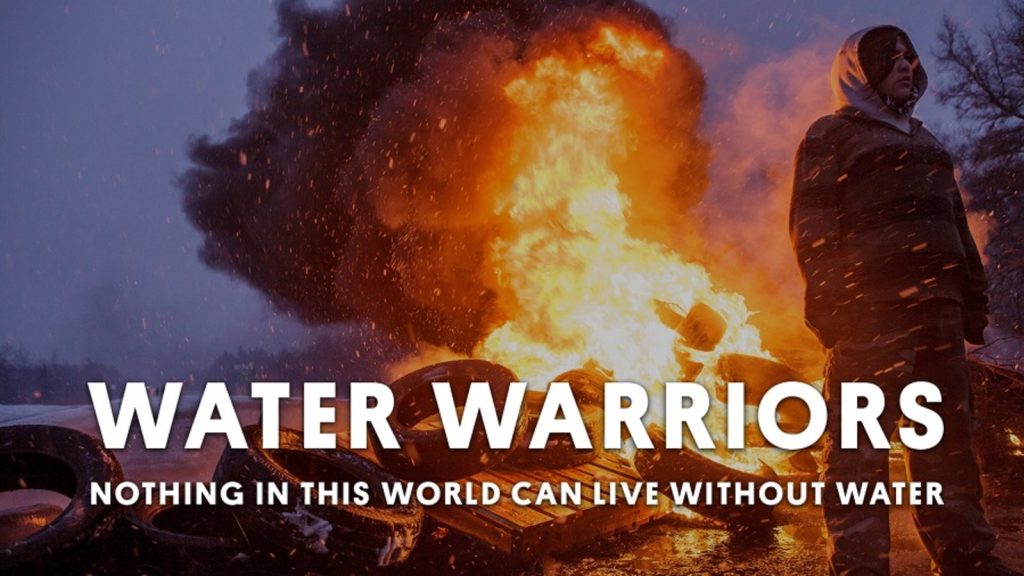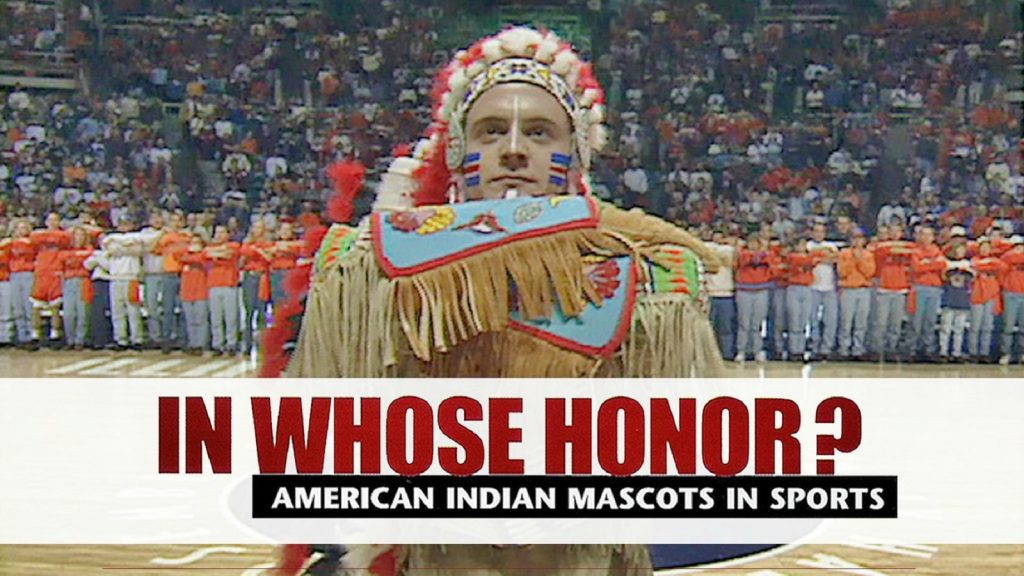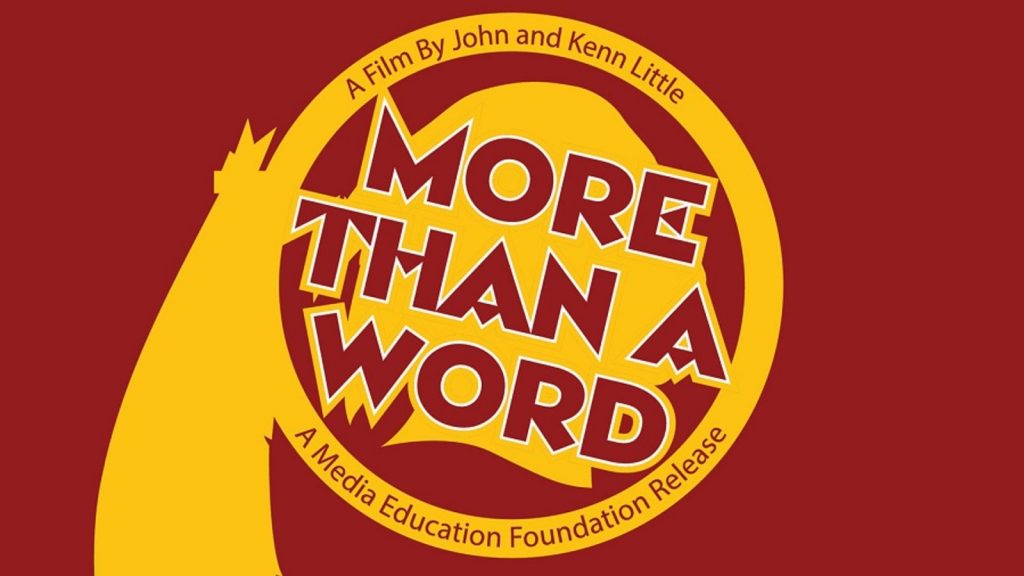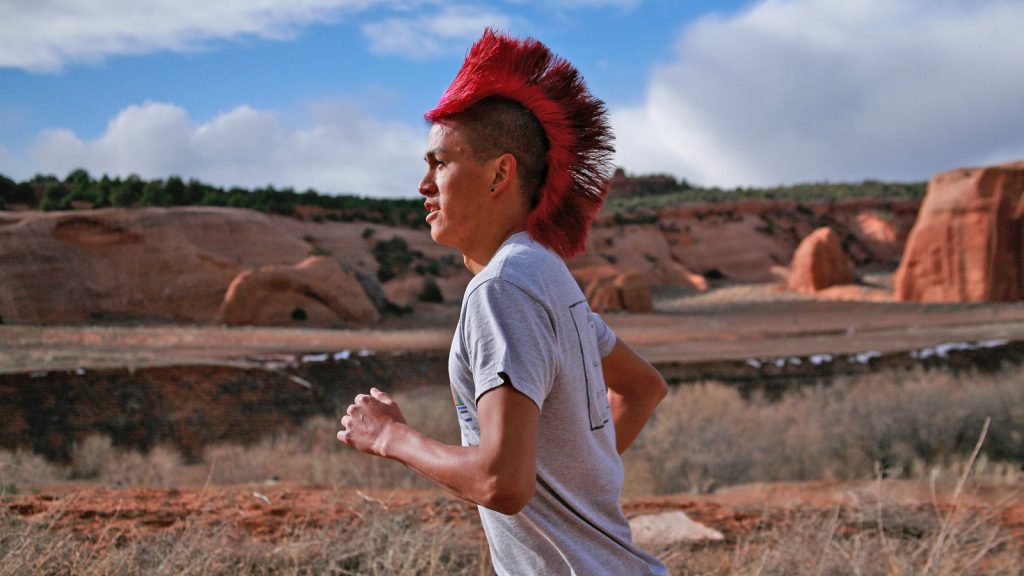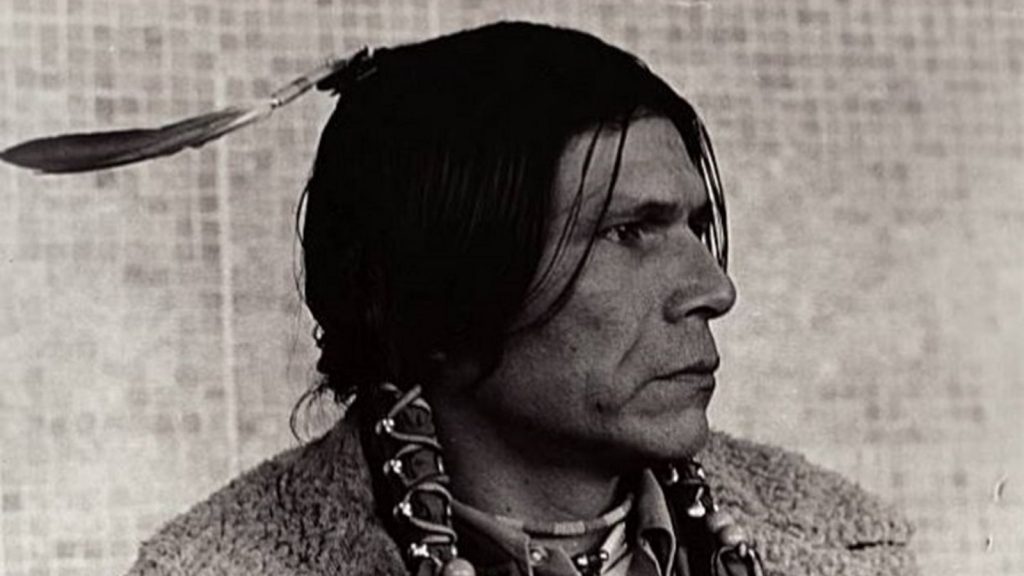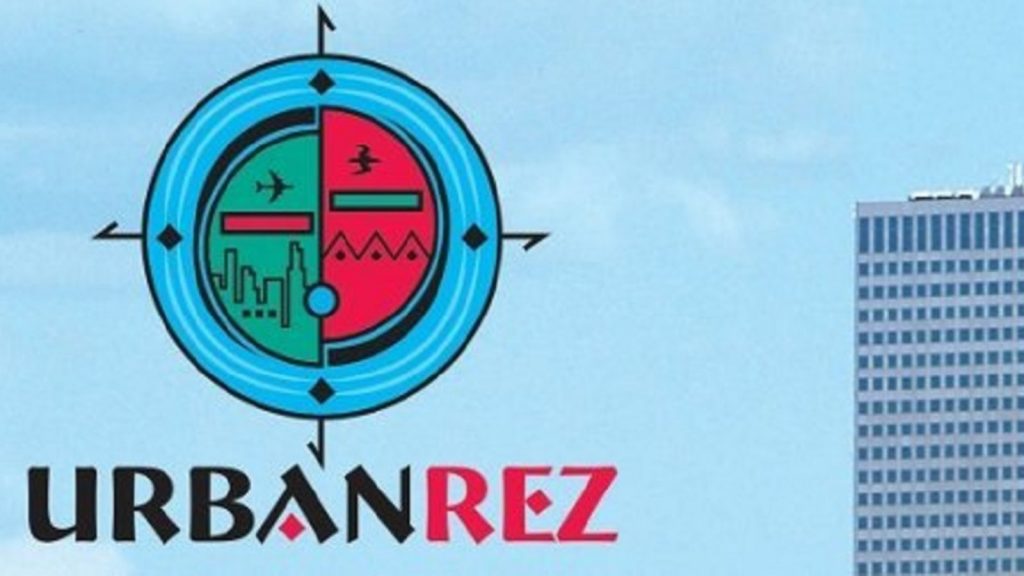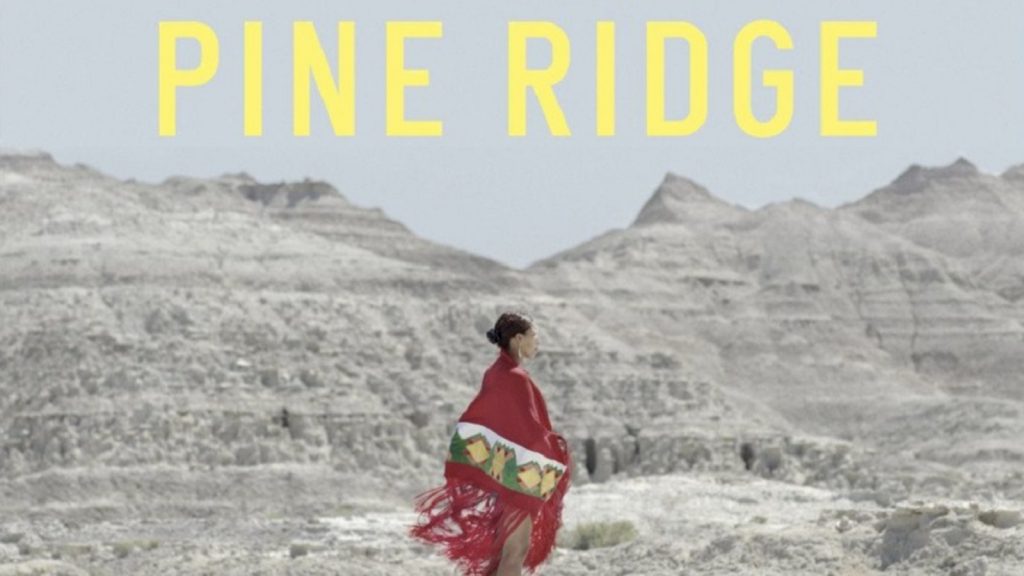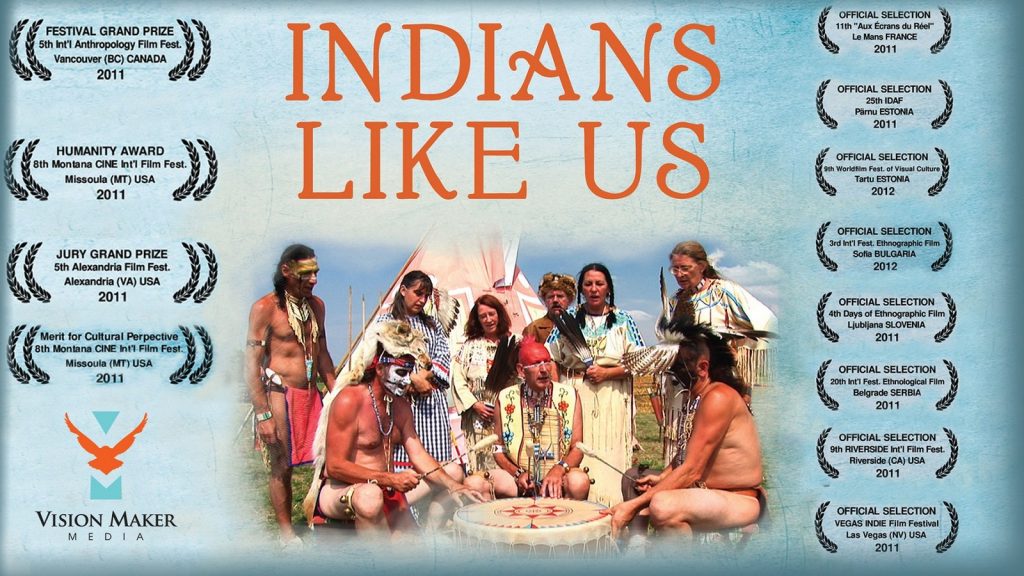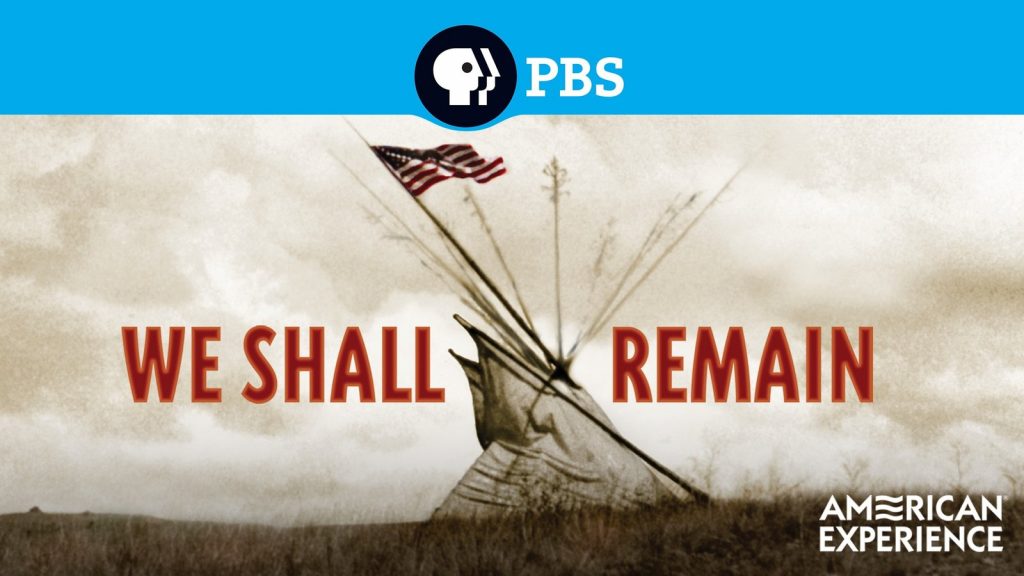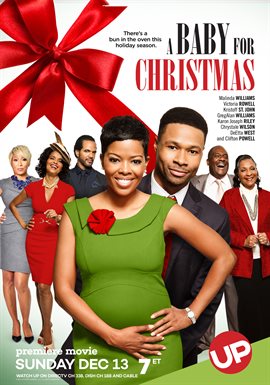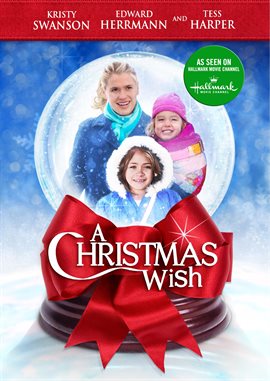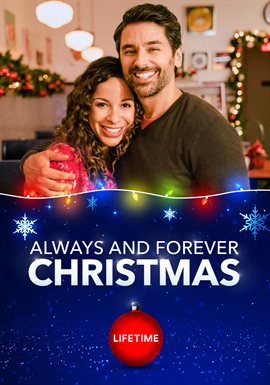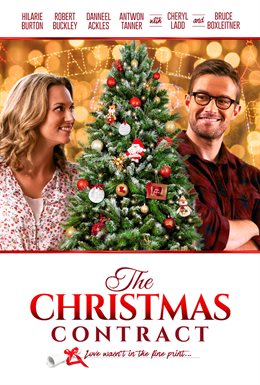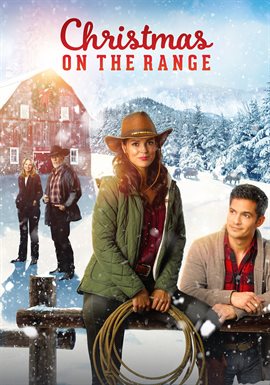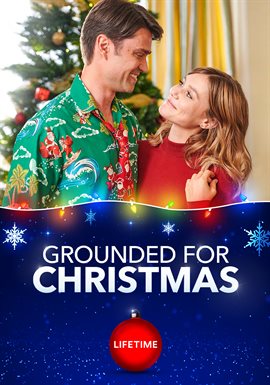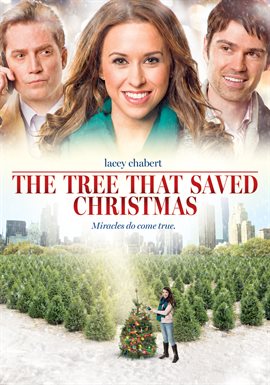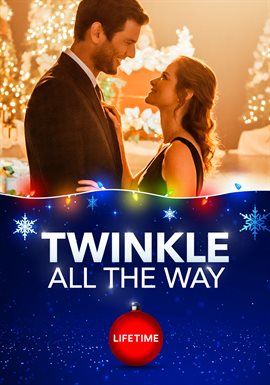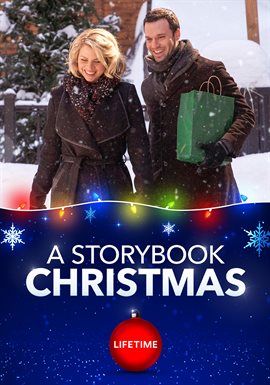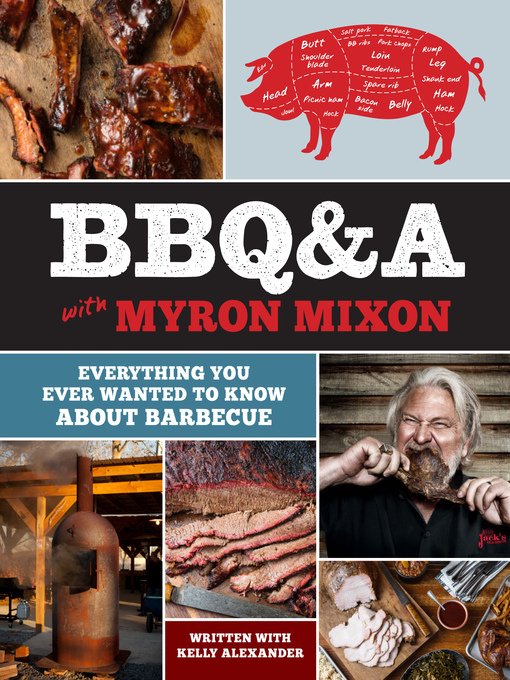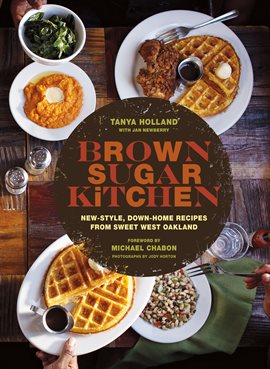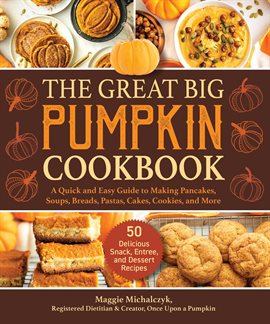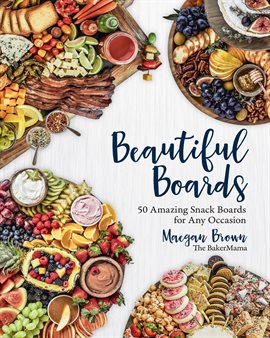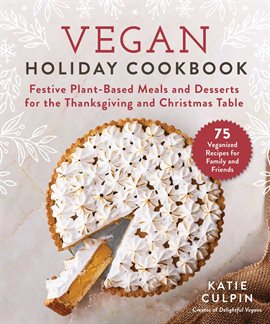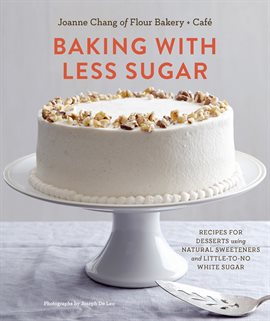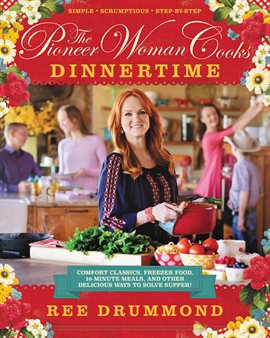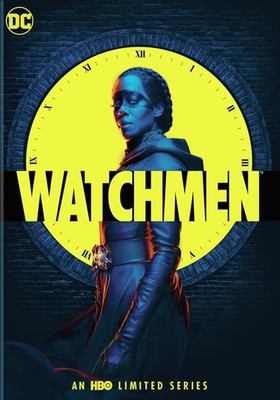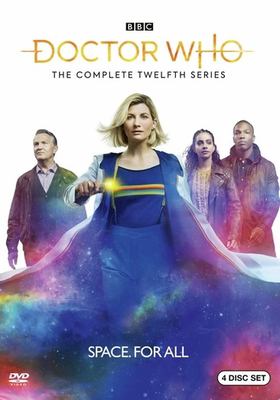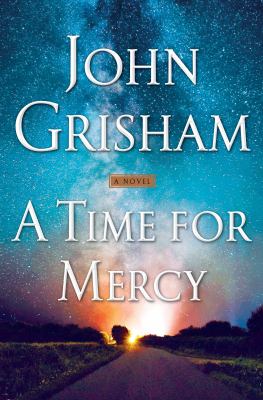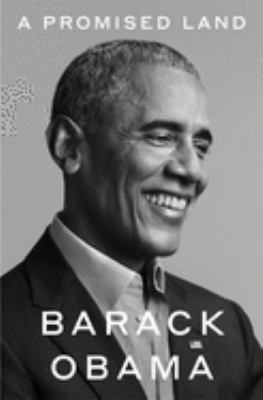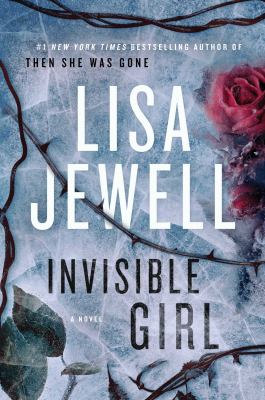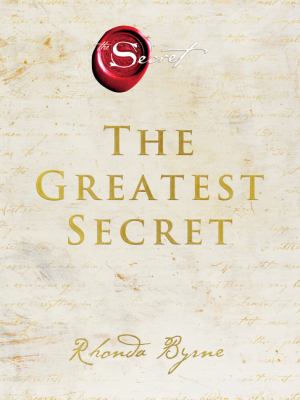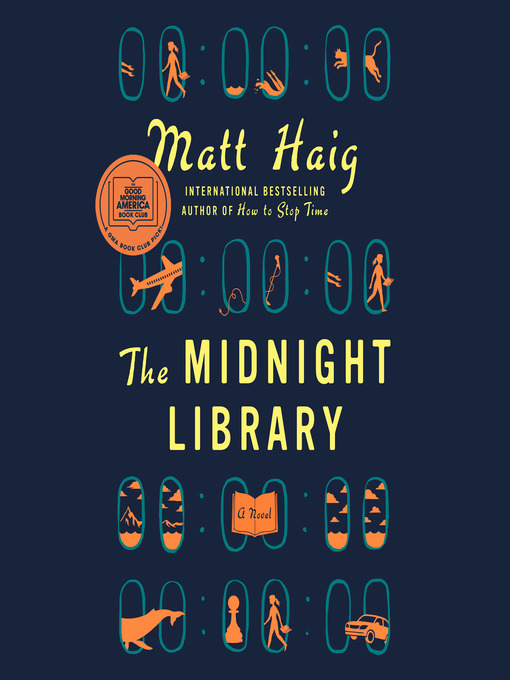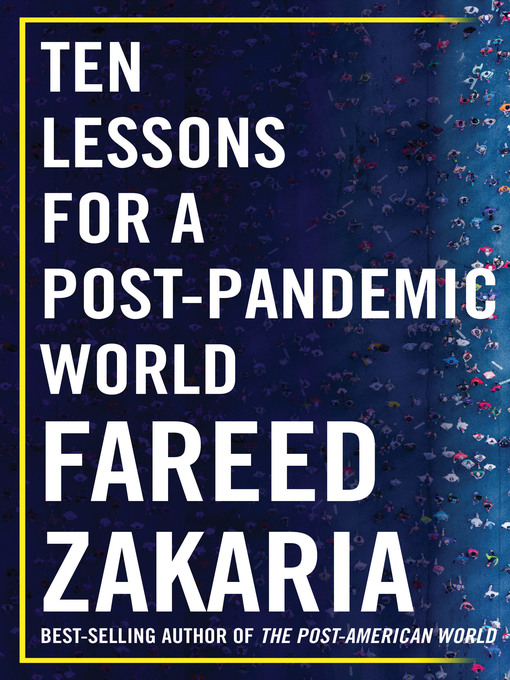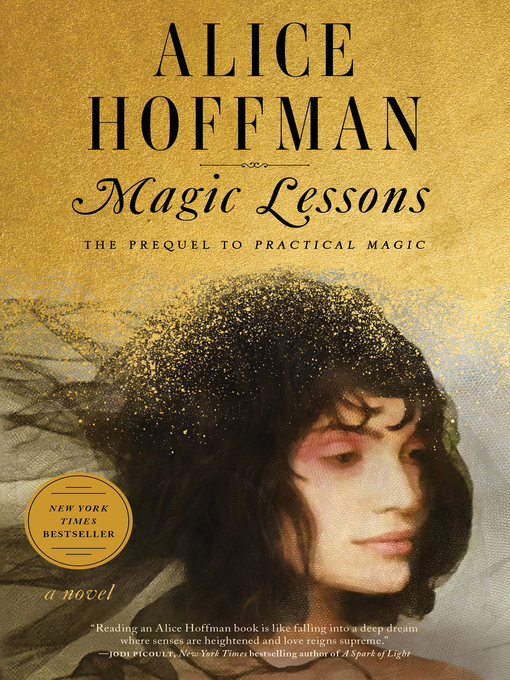by Amanda Hughes, she/her, Librarian
The Friday after Thanksgiving is largely thought of as a day to rest, digest and shop; but did you know it is also Native American Heritage Day? This year as we celebrate and give thanks in slightly different circumstances, let’s also take the time to remember the original inhabitants of the lands we now call home.
Long before European Settlers reached these shores Maryland was home to dozens of thriving, vibrant societies. Today their ancestors and cultures live on. They have overcome centuries of hardship, dispossession, genocide and discrimination yet still they persist and flourish.
Prior to European contact, Maryland was an important crossroads along the Atlantic coast and home to many tribes. Each region of the state was home to distinct nations which were in turn linked by greater trade networks. The names of these nations are still with us, in the familiar names we use everyday; Assateague, Choptank, Piscataway, Nanticoke, Susquehanna, Powhatan, all of these come to us from the native inhabitants of what would become Maryland.
Prior to European contact, Maryland was divided among a few major nations by region. Among them were the Shawnee and Ohio Valley Tribes in the west, the Susquehanna in northern central Maryland, the Lenape in north eastern Maryland, The Powhattans around what is now Washington D.C. and the Choptank and Nanticoke on the Eastern Shore.
During the Colonial and early American period, the native inhabitants of Maryland were systematically removed from their lands and relocated westward, often to Oklohoma. The first group to gain recognition from the Maryland Government was the Nanticoke tribe in 1881. Other tribes, nations and confederacies followed throughout the 19th and 20th centuries. Today, three tribes are formally recognized by the State of Maryland: the Accohannock Tribe, the Piscataway-Conoy Tribe and the Piscataway nation. The Maryland Commission on Indian Affairs serves eight distinct native groups: the Accohannock Indian Tribe, the Assateague Peoples Tribe, the Cedarville Band of Piscataway Indians (Sub-group of the Piscataway Conoy Tribe), the Nause-Waiwash Band of Indians, the Piscataway Conoy Confederacy and Subtribes (Sub-group of the Piscataway Conoy Tribe), the Piscataway Indian Nation, the Pocomoke Indian Nation and the Youghiogheny River Band of Shawnee Indians. In the second half of the 20th century the population of Native Americans in Maryland began to go as many southern tribes migrated to the north along with other minorities. Part of this migration included many members of the Lumbee tribe of North Carolina. The Lumbee settled in East Baltimore and in 1968, established the Baltimore American Indian Center and were the driving force behind the campaign to rename Columbus Day to Indigenous Peoples Day in Maryland. Today, Baltimore is home to the largest number of Lumbee outside of their traditional tribal lands. As of the last census, more than 40,000 people in Maryland identified as Native American.
To learn more about the native peoples of Maryland check out these titles from the Pratt Library catalog.
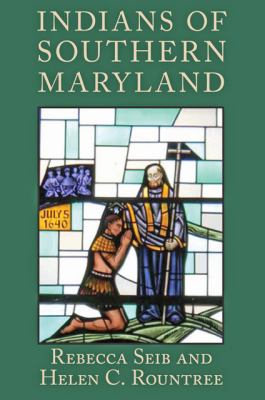
by Rebecca Seib
Book
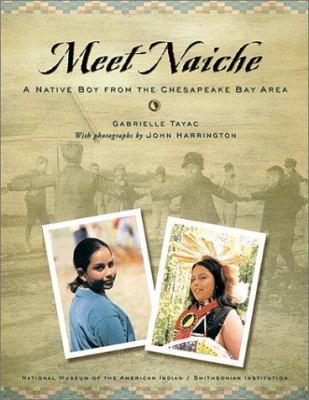
by Gabrielle Tayac
Book
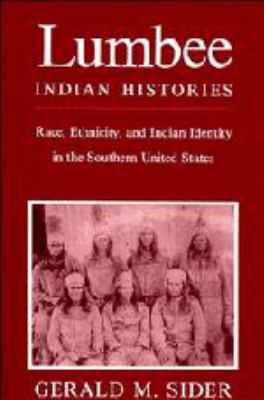
by Gerald Sider
Book
The Native American community in Baltimore City : a special report by Morgan State University. Community Development Resource Center.
The origin and meaning of the Indian place names of Maryland by Hamil Kenny
Indian lands in Dorchester County, Maryland: selected sources, 1669 to 1870 by James McAllister
Indian paths of the Delmarvia [!] Peninsula. by William Marye
Lancaster County Indians by H. Frank Eshleman
Indians in Maryland and Delaware : a critical bibliography by Frank Porter
Maryland Indians, yesterday and today by Frank Porter
The only land I know : a history of the Lumbee Indians by Adolf Dial

